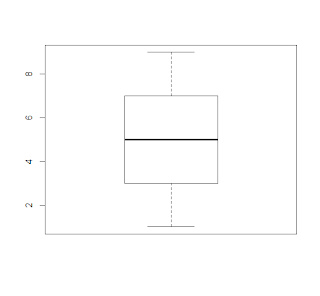Before I talk about analysis method, I would like to start by talking about concept first.
This would be very challenge to me, but I ll try to do my best to explain easily as possible as I can.
I've already mentioned in previous post, regression analysis is focused on causality
between independent variable (response variable) and dependent variable (explanatory variable).
What is this mean ?
In order to answer this question, we can't go further without correlation test.
Once you've tested correlation analysis,
you can get correlation coefficient value to judge the strength of the relation between two variables.
The correlation coefficient value ranges from -1 to +1 which stands for positive relation or negative trend relation.
However, this results doesn't explain the exact causality between two variables.
In other words, By getting the regression coefficient,
we can figure out the ratio of the variability in
independent variable x that affects the explanatory variable y.
Let's assume there are two data sample,
Type 1 shows a positive correlation but Type 2 shows a negative correlation. And
we can get a measureable data which is called correlation coefficient.
In regression analysis, we use similar index to gauge the strength of correlation.
We called this is R-squared and this value can get from the square of correlation coefficient.
> cor(Temperature, Discomfort_Index)
[1] 0.9963963
> cor(Temperature, Sales_Long_trousers)
[1] -0.8676816



